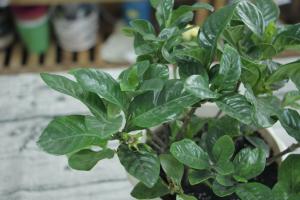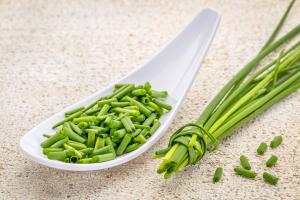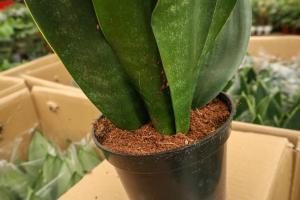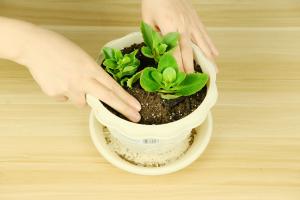How to Tell a Male from Female Pot Plant
When it comes to growing cannabis, it is essential to know how to differentiate between male and female plants. Identifying the sex of your marijuana plants is critical to ensure optimal yield and potency. In this article, we will help you understand the differences between male and female pot plants.
Understanding the Cannabis Life Cycle
Before we dive into the differences between male and female plants, it is essential to understand the cannabis life cycle. Cannabis is a dioecious plant, meaning it has separate male and female plants. During the vegetative stage, it can be challenging to differentiate between the two. However, as soon as the plant reaches the flowering phase, sex organs become more apparent.
Differentiating Male and Female Plants
To identify male and female plants, look for pre-flowers. Pre-flowering occurs six weeks after germination under a 12-12 light cycle. Female pre-flowers appear as two wispy white hairs, while males grow small, green and rounded nodes.
Another way to differentiate between male and female plants is to look for the shape of the plants. Female plants tend to have a broader shape since they develop seeds, while male plants tend to be more slender. If the cannabis plant is about to enter the flowering stage, male plants may start to produce pollen. Pollen sacs look like small balls or green bananas hanging off the stem.
Why It Is Important to Identify Male and Female Plants
When it comes to growing cannabis, growing female plants is essential since it is the female plants that produce buds. Male plants produce fewer cannabinoids and THC, which is the substance responsible for the plant's high.
Furthermore, if you don't remove male plants, they will pollinate female plants, reducing the growth and quality of the buds. Male plants in the flowering stage can pollinate nearby female plants, resulting in cannabis seeds instead of desired flower buds.
The Pros and Cons of Growing Male Plants
While growing female plants is essential for bud development, male plants also serve a purpose in cannabis cultivation. Breeders prefer male plants to produce hybrid strains or isolate desirable traits.
If you are growing a single strain and don't want to breed new strains, there is no need to keep male plants. However, if you wish to breed new strains of cannabis or create hybrids, keeping male plants is necessary.
Conclusion
Identifying male and female pot plants is critical for successful cannabis cultivation. Understanding the cannabis life cycle, differentiating between male and female plants, and knowing the benefits and drawbacks of growing male plants are crucial for cultivating healthy and potent cannabis plants.

 how many times do yo...
how many times do yo... how many planted tre...
how many planted tre... how many pine trees ...
how many pine trees ... how many pecan trees...
how many pecan trees... how many plants comp...
how many plants comp... how many plants can ...
how many plants can ... how many plants and ...
how many plants and ... how many pepper plan...
how many pepper plan...
































